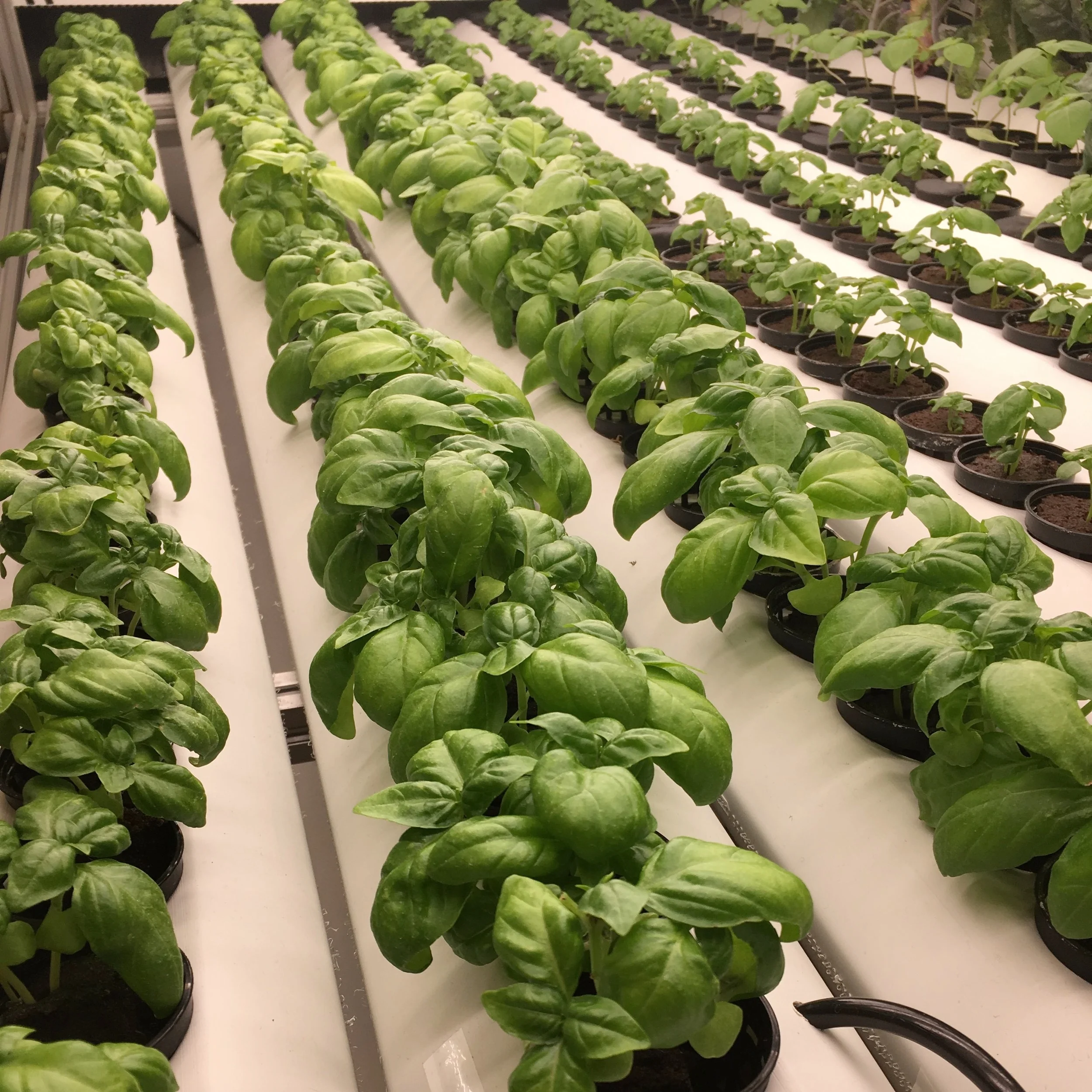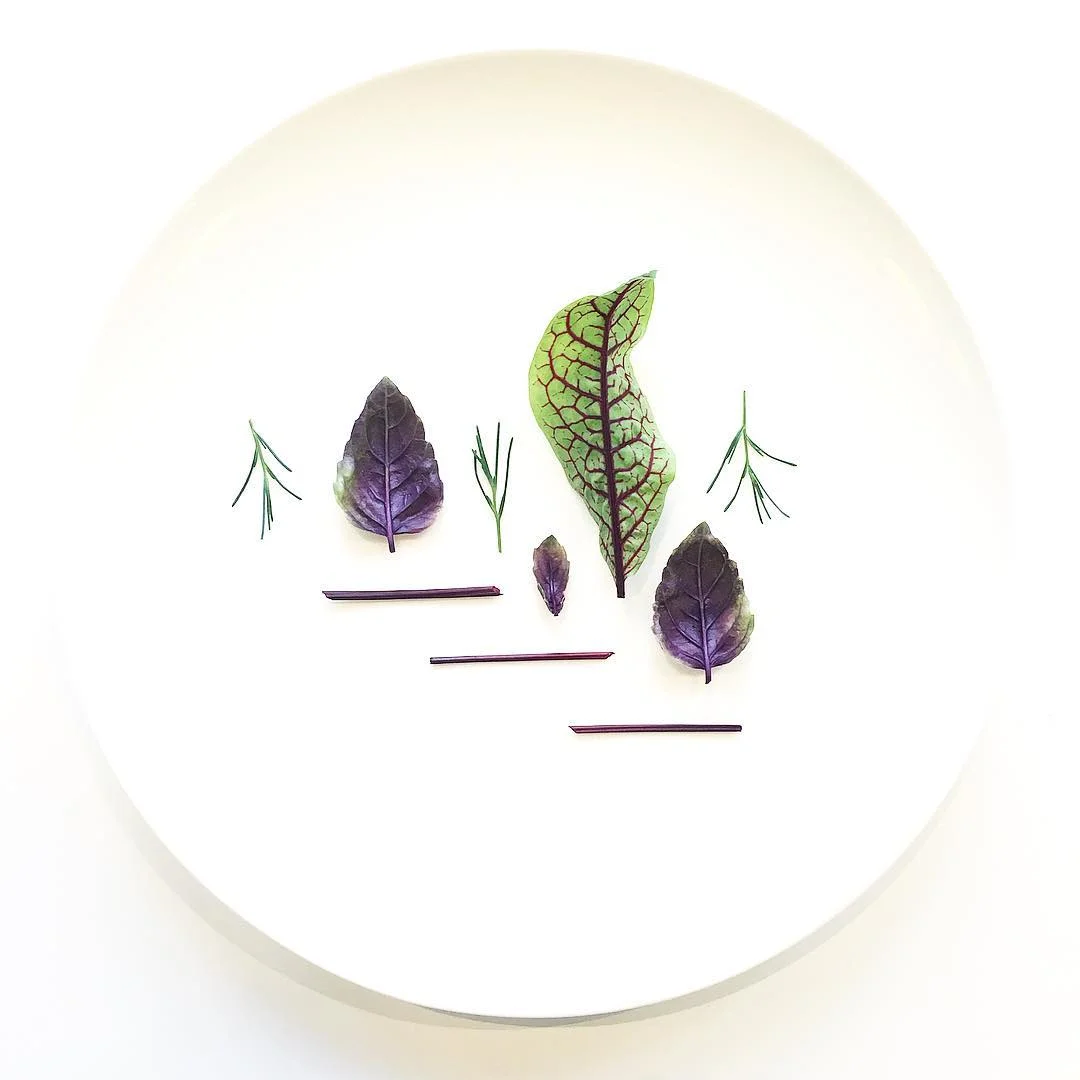Hydroponic Paradox: Saving Water with Water
by
Mary Allen
The local food movement has deep roots in urban centers, but the juxtaposition of urbanites’ locavore enthusiasm with the shortage of arable land in cities raises the question: how local is local enough? In terms of geography, there is no consensus or regulation around what “local food” should be. Depending on your definition (or marketing strategy), the term could refer to anything from food produced in your own backyard to food produced 100 miles away or simply within the state.
Community gardens and urban farming are obvious—if partial—answers to this paradox. And while urban farming is nothing new, there’s no denying that in recent years, rooftops gardens, vertical farms, and the like have become increasingly seductive to enterprising young farmers. Consumers, the media, and even investors are climbing on board with new urban farming initiatives as 21st century innovation pushes the limits of how and where food is grown.

This hydroponically grown basil has never touched soil or seen sunlight. | Image Source: @plantnasty
Hydroponic farming, a system in which plants are grown without soil and are nourished instead by a mineral solution, has enjoyed a groundswell of entrepreneurial energy in particular. As hydroponics are well suited to indoor spaces and environments that would otherwise be unfit for plant life, city centers are primed for the proliferation these wunderkind farms.
From the sweeping Alexander Ranch greenhouse in California and Bowery’s warehouse farm in New Jersey, to the intimate indoor Farm.One nestled at the heart of the Manhattan’s Institute of Culinary Education and the shipping container farms of Square Roots in a parking lot in Brooklyn, hydroponic farms of all shapes and sizes are cropping up across the country. The hyperlocality they offer to city-dwellers means not only that the food travels fewer miles, thus reducing the transportation footprint, but that the produce can be harvested and delivered on the same day.
Baby kale and butterhead lettuce from the behemoths Gotham Greens and Bowery can be found in grocery stores. Square Roots farmers hand-deliver their greens to offices around New York City. Farm.One, which is a specialty grower of microgreens and garnishes, serves high-end chefs and restaurants from just a subway ride away. With greens being among the most perishable of produce, this rapid delivery is especially attractive from a food waste reduction standpoint. Hydroponics becomes a compelling alternative to soil-based urban farming practices in light of its unique sustainability solutions.
Namely, it is remarkably water efficient. Seventy percent of humans’ water usage is allocated to farming and animal agriculture. Nitrate-ladened fertilizer runoff from traditional agriculture is also one of the main causes of water pollution, catalyzing algae blooms that ultimately create dead zones in our rivers, lakes, and oceans. In hydroponics, water is continuously recycled, making these systems anywhere from 90 to 98 percent more water efficient than traditional farming while eliminating fertilizer runoff. Needless to say, this drastic improvement in water efficiency makes hydroponic farming especially interesting in places like California where water is in short supply.
Hydroponic farming can be tremendously space efficient, too. In an interview with the Natural Gourmet Institute, Gotham Greens’ Nicole Baum enthusiastically notes, “Our half acre rooftop farm on top of Whole Foods Market in Brooklyn actually produces that of a 10 acre soil based farm!” Even more impressively, Bowery asserts that it produces over one hundred times more food than a traditional farm on the same footprint of land.
Part of the reason that hydroponic farms are able to grow so much more is that the plants have continuous ideal growing conditions—just the right temperature, just the right light, with no hungry animal intruders and no winter. The clean, climate controlled environments also eliminate the need for pesticides and insecticides. For the odd pest that does wander in, farmers enlist beneficial insects, such as ladybugs, to keep the peace. Being pesticide-free is a point of pride for Farm.One, Square Roots, Gotham Greens, and Bowery alike, something Bowery refers to as “post-organic.”

Rock wool is made from spun fibers of molten rock. This is one medium that hydroponic farmers use in lieu of soil to germinate seeds. | Image Source: @plantnasty
And here we encounter the discomfort hydroponic farming engenders among the soil-loyalists in the good food movement. A central tenant of organic farming is to “feed the soil, not the plant.” With hydroponics, of course, there is no soil, just plants—and manufactured mineral solution. The long term viability of an entirely human-fabricated growing environment is a big question mark for many. So while the notion of “post-organic” produce may thrill the food tech enthusiasts, strong advocates of pre-agroindustrial sustainable farming practices balk at the idea of food grown in plastic containers with artificial light.
Despite its water-saving potential, indoor hydroponic farming poses its own sustainability risks. These operations rely on LEDs, which stay on approximately 18 hours per day. Does drastically reducing water usage and water pollution justify the carbon footprint of all that electricity? It’s a question that hydroponic farmers are already taking into consideration. Farm.One, for instance, purchases carbon offsets to help mitigate this environmental cost.
But then there’s the actual cost. For all its efficiencies, hydroponics is a capital intensive process in a highly competitive market. A small bag of greens from Square Roots is $5. As Square Roots Cofounder and CEO Tobias Peggs explained at the monthly open house, the heavier a plant is—the more biomass it has—the more costly it is to grow. At this point in the game, hydroponic growers are focusing on greens. Fruits, vegetables, and tuber roots are not quite financially viable. But as the technology continues to improve, the price points continue to drop.
According to Rob Laing, CEO and founder of Farm.One, the price of LEDs is roughly halving every four years. Farm.One keeps their profit margins viable by selling high-end microgreens and garnishes, but Laing is hopeful that, “in five years time people can use the techniques that we’re using and similar equipment to grow lettuce and kale underneath a bodega.” Peggs is even more sanguine: “We think, two years from now, we’ll be able to economically grow strawberries, tomatoes, and blueberries as well.”
Technology is not the only thing setting hydroponics on the fast track to improvement; robust data collection is supercharging production capacity. Modern hydroponic farms are outfitted with sensors to monitor the plants, water, air, and light, and the farmers are growing not just crops but databases of information about how different factors influence flavor and plant health.
With different light recipes and nutrients, farmers can adjust certain variables to bring out different flavors. Some farms are even using machine learning to integrate and deploy these learnings. It’s a prospect that is remarkable to some and off-putting to others. As Dan Barber said in a conversation with co-founder of Square Roots Kimbal Musk at the Food for Tomorrow conference, “When Kimbal says you can dial in the flavor and colors you want, I don’t know that I want that kind of power,” Barber said. “I’d rather have a region or environment express color and flavor.” Agree to disagree perhaps. New Yorkers might not be as enthused about the taste of the subway expressing itself in their salad greens.
So what role will hydroponics play in the future of food? “People on both sides of the issue tend to overstate how big hydroponic farming is going to be,” Laing told Food Future Co. “It’s part of the solution.” He reminds us that hydroponics works well for greens but not at all for crops like wheat or corn. It can’t replace pig farms (leave that to Memphis Meats). It can’t replace olive groves. What hydroponics can do, however, is expand the possibilities for local food in urban spaces. It has many promising implications for sustainable food production. It may even serve as a more viable on-ramp for the next generation of farmers. Who knows? At the rate technology and data are changing the world, we really may be able to buy a locally grown, freshly harvested strawberry in the dead of winter from the corner bodega.



